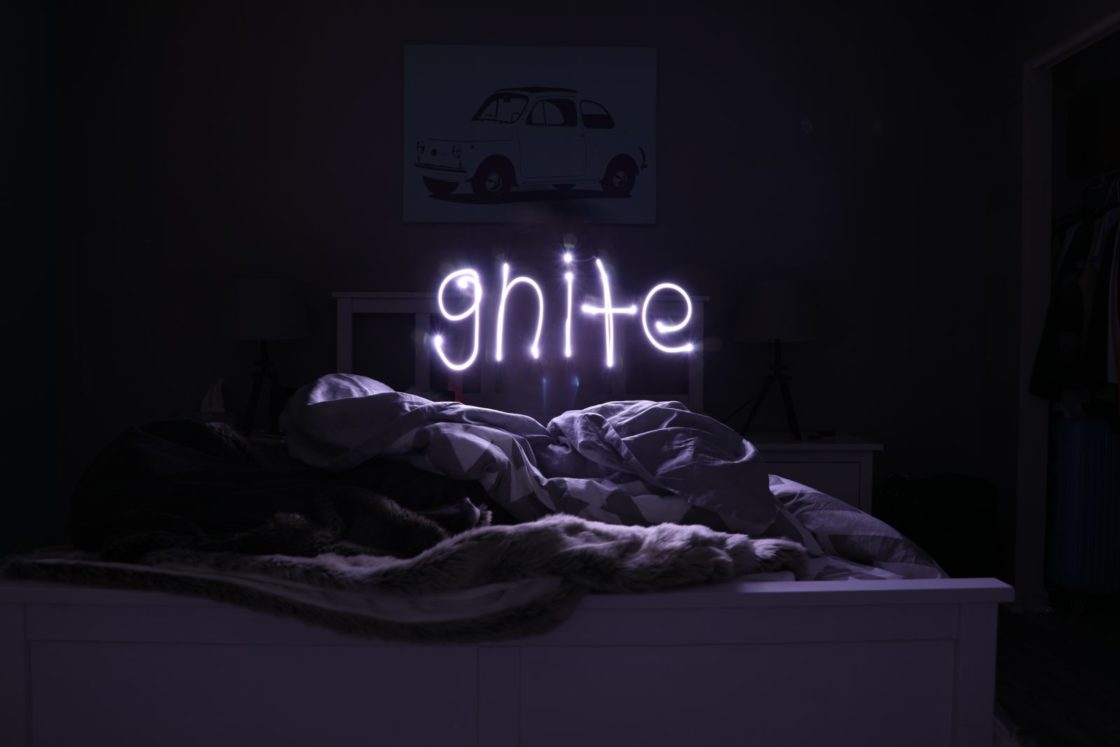How well do you sleep?
There can be many causes to a disturbed night and lack of sleep. Late night student revelries and the sleep deprivation of early parenthood may be long past but increasing age can bring a whole new set of problems to interrupt a decent night’s rest. Obviously, any medical conditions are best discussed with your GP or medical practitioner, but it is a truth universally acknowledged that a menopausal woman, in possession of her faculties must be in want of a decent night’s sleep! Especially when she can experience, what seems like, four seasons in a night, hot, cold, sweaty, clammy, awake, exhausted and finally, fast asleep, when the alarm goes off!
How can you get a perfect night’s sleep when the menopause has other ideas?
There is much published advice available to help those who suffer persistent or menopause related insomnia. The following websites may prove to be useful. www.womens-health-concern.org, www.sleepcouncil.org.uk, www.sleepstation.org.uk, www.nhs.uk, www.sleepassociation.org,
This article however, focuses more on the aesthetics of sleep and how to make the most of your surroundings to give yourself the best chance of experiencing the perfect night’s rest.
All of us have a duty of care to ourselves
All of us have a duty of care to ourselves to ensure that our bedrooms are a peaceful, welcoming sanctuary, a refuge from the day’s demands. We spend up to a third of our lives in bed, in fact by the time you hit 50 you will have spent approximately 18 years of your life asleep! Your bedroom deserves just as much attention as your living areas, if not more!
Most importantly, keep your bedroom just for sleep, … and sex, of course! (Sex is the only vigorous exercise that makes you sleepy, unlike any other form of exercise or activity, which should be avoided in the hours just before bedtime) So don’t use it as a workplace or entertainment space; ban any desks, computers, smart-phones, electronic gadgets and TV’s . This includes any LED emitting devices like digital alarm clocks. It is especially important to stop using your phone at least thirty minutes before you settle yourself and if you absolutely have to have your phone in your bedroom try switching it to silent, low light and airplane mode to stop it distracting you while you are getting to sleep.

Ensure that your bedroom is dark at night, darkness boosts the production of the hormone melatonin which regulates the sleep-wake cycle. Make sure bedroom windows have lined fabric blinds or curtains that fully cover the glazing or that are lined with a special ‘black out’ material to prevent the early summer dawns or city street-lights from disturbing you. A simple, inexpensive solution, rather than replacing your current window treatment is to add a simple ‘black out’ roller blind in the window recess behind any existing curtains. It won’t be too obtrusive by day when it is rolled up out of sight. If this isn’t possible, an eye-mask may help.
Without wishing to sound too much like your mother; ….Tidy your room! Keeping your bedroom clutter free makes for a room that is more sanctuary than dumping ground. Put clothes away, keep drawers and cupboard doors closed, relocate the laundry basket and use simple storage tricks such as under bed boxes or divan beds with drawers to pack out of season clothes and shoes. Mend or replace anything that is worn out or broken so that it is no longer that petty irritation nagging at you! Be disciplined about keeping dressing and bedside table ‘detritus’ to a minimum. Bedside tables with drawers or a small cupboard will help to keep excess make up, lotions, books etc. out of sight and dust free. Vintage stores are a great source of small side tables which can be easily re-purposed, re-painted and brought up to date with new handles. Using a lacquer or high gloss paint finish is very current! Or, if space is an issue, double up by using a small chest of drawers as a bedside ‘table’, perfect for storing lingerie, socks and smaller accessories while providing a good surface for bedside lights.

Getting bedroom lighting right is such an important detail. If it is possible, get your electrician to fix a switch for the ceiling light/s beside your bed as well as by the door. Consider a dimmer switch so that you can easily alter the mood. Having a small table lamp on your bedside table will provide a wash of light but if you share your bedroom with your beloved, but don’t share sleep cycles with them, then consider additionally installing a directional small articulated reading light that is wall mounted and can be angled more specifically to provide personal light without annoying your partner. If space is at a premium or you don’t have bedside tables, it is possible to hang ceiling fixed lights on long flex, low over each side of the bed from an existing central ceiling point. This is an informal, treatment that plays with the ‘industrial or warehouse’ style of decorating. Using coloured cord flex will tie the lights into your colour scheme.

Which brings us to the all-important decision of what colour/s should you use to ensure your bedroom is a place of refuge and rest away from the buzz and noise of daily life. There is a school of thought, developed by British psychologist Angela Wright ( www.colour-affects.co.uk ) about the psychology of colour and how its use impacts our everyday lives. Obviously much of our response to colour is innate, black has connotations of gloominess, evil and sinister, while red signals danger, blood, and excitement. So, when it comes to bedroom colour it is worth considering the following.
Grey, while very on trend is a very suppressive colour which can induce feelings of depression and gloom especially for those in the northern hemisphere!
Green is in the middle of the colour spectrum and is therefore a very restful colour for our eyes, bringing harmony, balance and reassurance. It is also the colour of much of the natural world and therefore restorative, (but beware, using too much green or the wrong tone as it can elicit feelings of stagnation!) It is worth noting that Dulux Paint (www.dulux.co.uk ) have announced that their colour of the year, 2020, is ‘Tranquil Dawn’; inspired by the colours of the morning sky, the colour sits somewhere between blue, green and grey and is a soft, warm green paint colour.
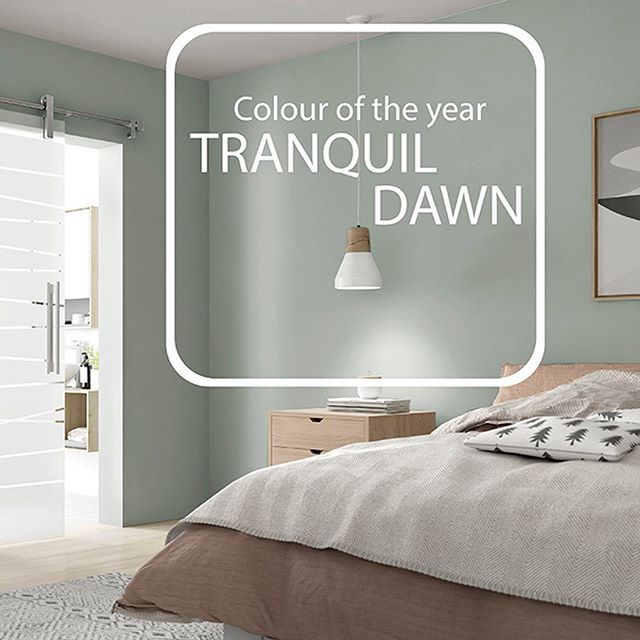
Blue, however is the world’s most favourite colour according to a www.yougov.co.uk survey. Depending on its intensity, blue can calm the mind, (but note that very dark, saturated shades of blue can be too intense for a bedroom, literally inducing a feeling of ‘the blues’. A softer, duck egg blue, paint can be a perfect background to a fresh bedroom scheme used with cream tones and lots of natural textures.
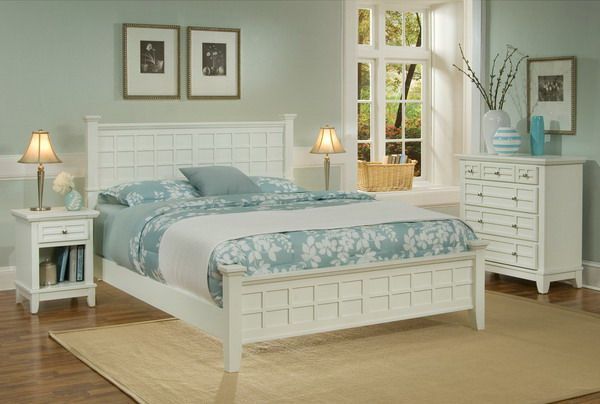
Yellow is a naturally optimistic colour, warming and sunny but used in the wrong tone or intensity, or for those who are emotionally fragile, it can prove to be irritating, upsetting and, if too bright in a bedroom, could be overstimulating.
Therefore, ideally, soft pinks which are nurturing and physically soothing, muted purples which are spiritual and meditative, blues and greens would be the perfect choices for a bedroom colour scheme.
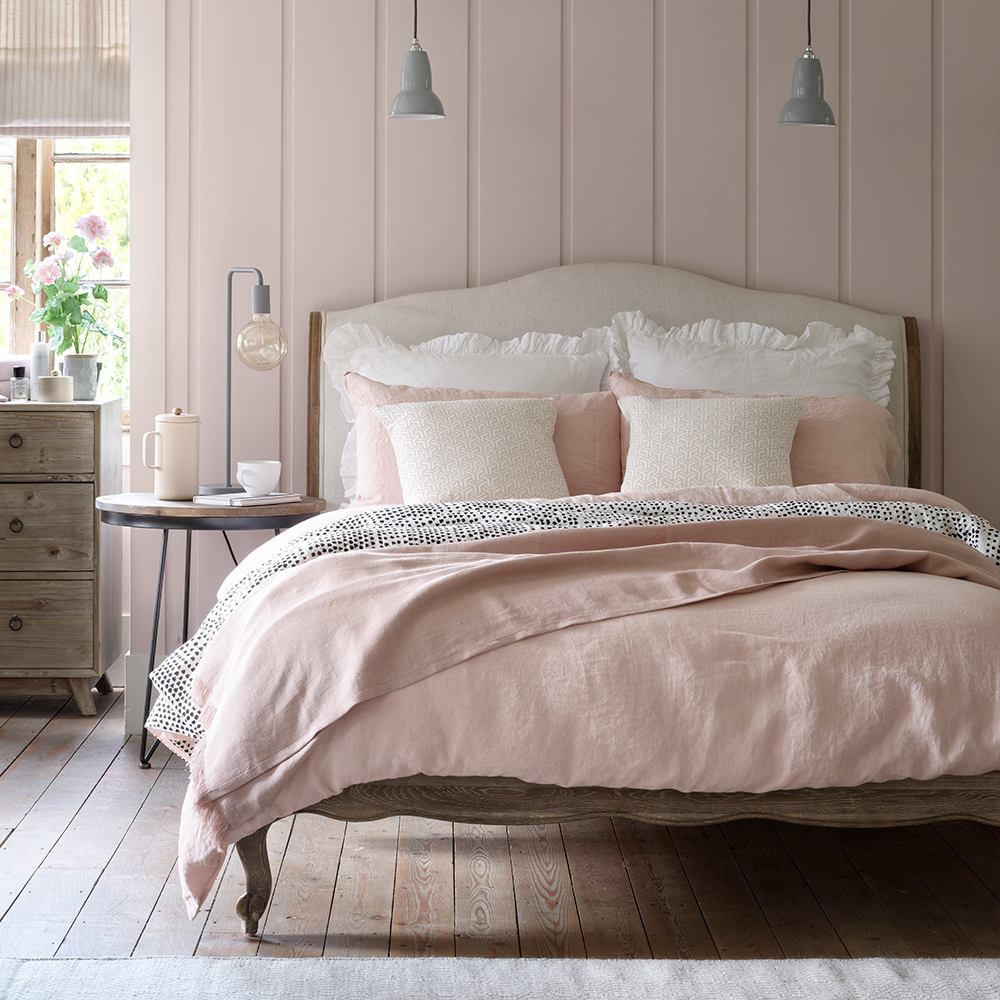
Having chosen your colours, the next key decision to make is when buying your mattress. There are many salient factors to consider here. Do you sleep alone, or with a partner? Do you share similar builds and weights? The National Bed Federation ( www.bedfed.org.uk ) have a comprehensive guide on how to choose the correct mattress. In general, you should replace your spring coil mattress every 7-10 years and more frequently if it is a foam one. This ensures you are fully supported, and wake rested and not full of aches and pains. Silent Night ( www.silentnight.co.uk ) produce a special mattress with extra breathability to prevent night time overheating. In particular, menopausal women would be advised to avoid foam mattresses which can add to the misery of night sweats. If you share your bed another choice would be to consider ‘zip and link’ mattresses, especially for King-size plus size beds. This allows for two mattresses of differing firmness to be zipped together to enable a mutually comfortable solution within one bed. UK mattress manufacture Dreams, ( www.dreams.co.uk ) also make a split tension mattress which is worth investigating for shared beds.
Now, ditch the easy-care polyester bedlinen; natural fibres have thermal and breathable qualities that make them brilliant for regulating body temperature. So, invest in 100% cotton or linen for your duvet and pillow covers. Bamboo bedding, while very expensive, supposedly works best by wicking away excess heat and moisture at twice the rate of cotton. ( www.cozyearth.com ). There is also a new, specially engineered DuPont polyester fabric with fibres that significantly improve on the breathability of natural cotton. ‘CoolMax’ was specifically developed to draw away moisture and to help counter overheating, is particularly useful for menopausal night sweats and is available, as duvets, mattress toppers and bedlinen.
If your human, (rather than feline or canine!) sleeping partner doesn’t wish to share your fluctuating temperature or runs with their own vastly differing body thermostat, it is worth considering a bespoke split tog duvet individually made in a range of fillings. Or, more practically, just invest in two single duvets in a different tog to suit you both. This puts an end to duvet wars and means you have the perfect tog weight to suit yourself!
Pillow density, depending on your preferred way of sleeping, (be you a side or back sleeper,) should be chosen accordingly, but it is worth noting that there are various choices such as a Chillmax pillow that has an inner gel that reacts to your body temperature to absorb excess heat to provide a natural cooling effect.
See also the www.simbasleep.com ranges of temperature regulating bedding and www.naturalmat.co.uk, who make 100% organically farmed natural materials which are used in their range of beds, mattresses and bedding.
The finishing touches to a bedroom should be those that bring you happiness, fresh flowers, family photos, mementoes of happy times and art works which are both inspiring and harmonious. Think about including a houseplant or two. According to the RHS, www.rhs.org.uk, house plants are known to improve air quality by trapping and capturing pollution and helping us breath more easily. Even having one potted plant per every 100sq foot will enable you to feel the benefits, (as a guide the average apartment bedroom is 132sq foot and the average bedroom in a house is 219sq foot.)
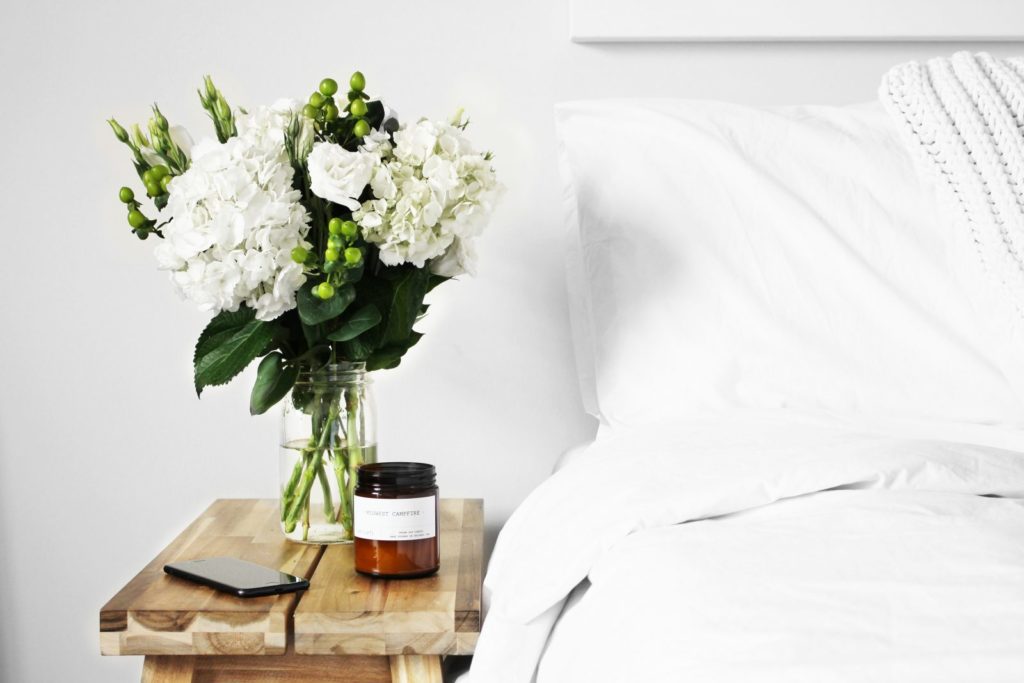
Lastly, keep your bedroom fresh and aired to prevent the build-up of harmful VOC’s, fungal spores and bacteria; preferably sleep with the window open, where it is safe to do so. Maintain an ambient room temperature, ideally, 16-18°C (60-65°F).
Certain smells can affect your mood so consider introducing calming and relaxing lavender or geranium essential oils to help you drift off.
It goes without saying that it is seriously worth thinking about using natural, organic paints , carpeting and bedding materials where possible, not only for the obvious environmental benefits but to also to prevent the detrimental chemical compounds that are emitted from man-made furnishings and paints thus ensuring that the atmosphere in your home is as clean and pollutant free as possible.
So now that you are comfortably tucked up in your fresh, clean, supportive bed in your perfectly painted, tidy room with subdued lighting and surrounded by gorgeous, calming and decorative accessories it just leaves me to wish you a very, goodnight…..
About the Subject Expert:
Charlotte Reynolds gained a Diploma in Interior Design and started her career with the historically important Warner & Sons textile company which was the start of a varied 35 year career within the Interior Design Industry. Encompassing visual merchandising, styling and marketing, she worked for several years at the Design Centre in Chelsea Harbour with both fabric and furniture companies gaining a full understanding of the requirements of a busy design practice.
She now undertakes private design work while also showcasing creative workshops at Studio Portobello.
Studio Portobello, info@studioportobello.co.uk
Instagram: @charlotte.h.reynolds mob: 0044 (0)7976 675884
